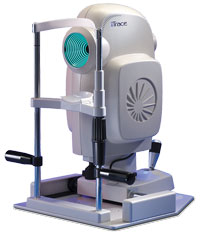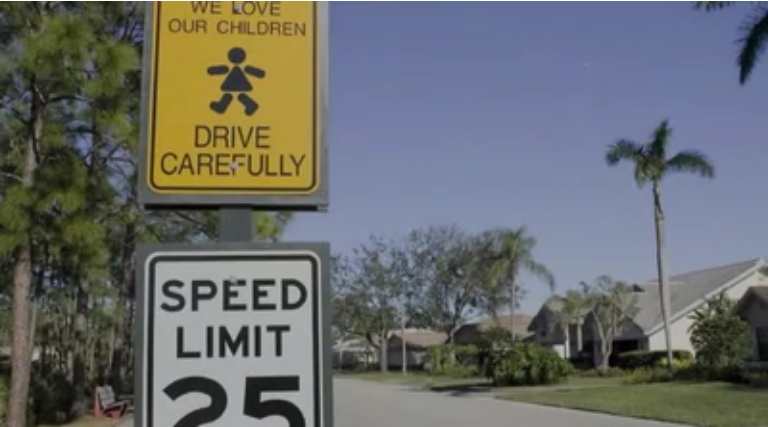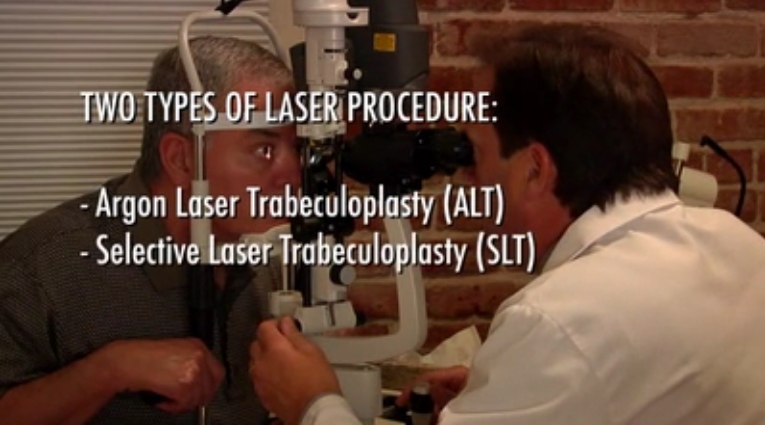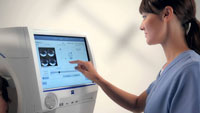Our Technology
iTrace
 iTrace by Tracey Technologies is a Visual Function Analyzer. It combines Wavefront Technology (or optical finger printing) and Corneal Topography (surface contour mapping) for more accurate diagnosis of optical imperfections of the human eye.
iTrace by Tracey Technologies is a Visual Function Analyzer. It combines Wavefront Technology (or optical finger printing) and Corneal Topography (surface contour mapping) for more accurate diagnosis of optical imperfections of the human eye.
Wavefront Technology
A set of measurements will be collected and converted into a wavefront map, a unique profile of your optical system that is as personal as a fingerprint. This allows us to correct almost any type of optical imperfection with glasses, contact-lenses, or refractive and cataract surgery.
Corneal Topography
The cornea is the clear covering of the front of the eye that bends, or refracts, light rays as they enter the eye. For clear vision, the cornea must have the correct shape and clarity to focus incoming light rays precisely.
A computerized test called corneal topography can map out the surface of the cornea and provides information about the surface power, thickness and shape of the cornea. Corneal topography is essential for contact lens fitting, vision correction surgery, cataract surgery, or corneal transplantation.
Conditions Detected with iTrace
The source of optical imperfections of the eye is quantitatively dissected into its component parts. Blurred vision can be due to near-sightedness, far-sightedness, with and without astigmatism. Recognizing the source of the problem, e.g. long eye, short eye, corneal asymmetry, corneal disorder, lens disorder (cataract), and poorly designed glasses or contact lenses, allows us to plan medical or surgical solutions, which would be otherwise impossible.
Optical Coherence Tomography
Optical Coherence Tomography (Spectralis System), also known as OCT, is an imaging system that uses light waves to produce a high-resolution view of the cross-section of the retina, optic nerve, and other structures in the interior of the eye.
Conditions Detected With an OCT
The images can help with the detection and treatment of serious eye conditions such as:
- Retinal hole or thinning
- Retinal swelling
- Optic nerve damage
- Age-Related Macular Degeneration
- Retinal scarring and wrinkling
- Glaucoma
- Angle closure
- Diabetic retinal swelling
- Retinal bleeding
OCT uses technology that is similar to that of a CT scan without using X-Rays. With the scattering of synchronized light it can rapidly scan the eye to create an accurate cross-sectional representation of the retina, optic nerve, and other vital structures.
The OCT exam takes about 5-10 minutes to perform in your doctor’s office, and may require dilation of the pupils. The Spectralis System is a faster OCT, which provides a more accurate image with detail and clarity. Spectralis OCT by Heidelberg Engineering is used at the International Space Station to evaluate retina and optic nerve problems associated with prolonged exposure to microgravity in space.
Mapping Central and Peripheral Vision
Humphrey® Field Analyzer II-i series (HFA™ II-i ) with Glaucoma Progression Analysis quantitates peripheral vision patterns or the visual field. Lights of varying intensities appear in different parts of the visual field and the perception of these lights is charted and compared to those of age-adjusted healthy eyes to determine blind spots and their pattern.
This test, which takes approximately 20 minutes, is regularly used to determine the progression of glaucoma. The Humphrey visual field test can also be used to detect other conditions within the optic nerve of the eye, and certain neurological conditions. The following video simulates various stages of vision loss in glaucoma.

Laser Treatments for Open-Angle Glaucoma
A non-surgical and in-office treatment for glaucoma is called Selective Laser Trabeculoplasty or SLT. Focused light is applied to the drainage system of the eye to improve fluid removal, lowering the eye pressure. SLT treatment takes only a few minutes, is performed in the office (not the operating room), and effectively lowers eye pressure in 85-90% of patients. The treatment is approved by the Food and Drug Administration (FDA) for treating glaucoma, and is covered by essentially all insurance plans. SLT usually has to be repeated in 1-2 years since its effect wears off over time. Argon Laser Trabeculoplasty (ALT) uses thermal laser and essentially has been replaced by SLT.
People who might benefit from SLT include those who are unable or unwilling to receive drops or require additional eye pressure control. Sometimes SLT can be a more cost-effective way to control glaucoma than eye-drop therapy.


